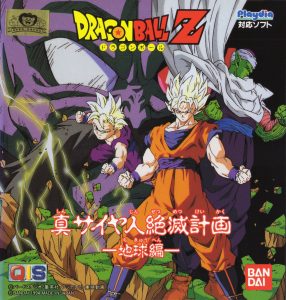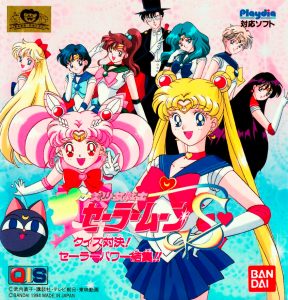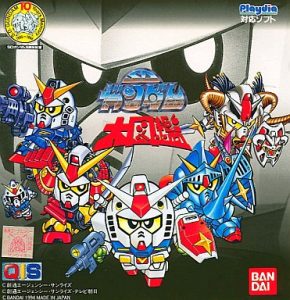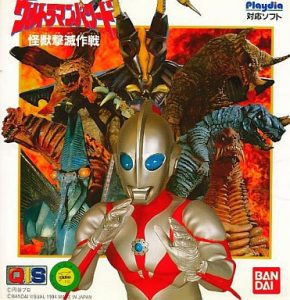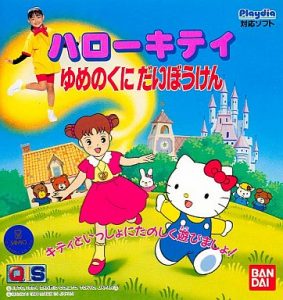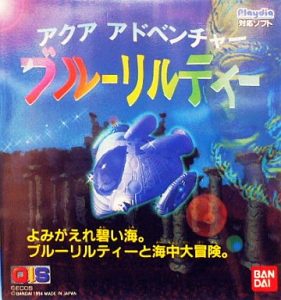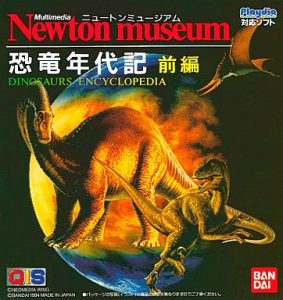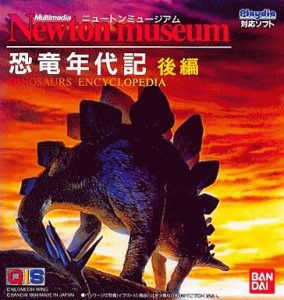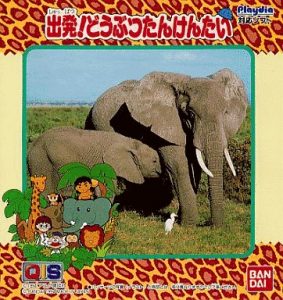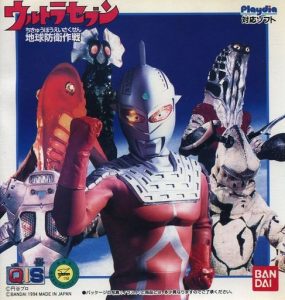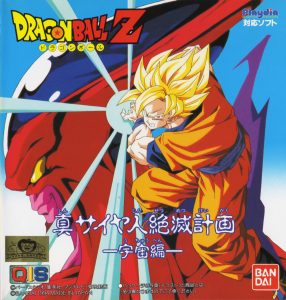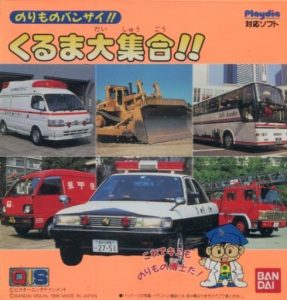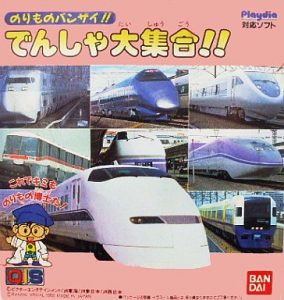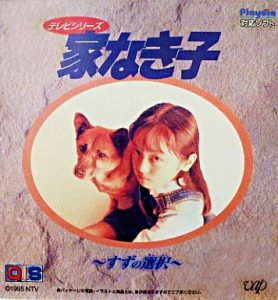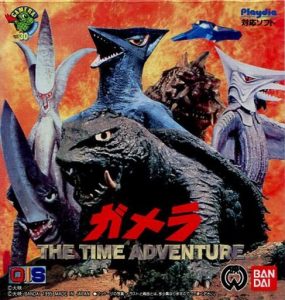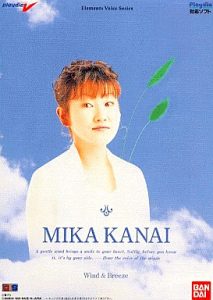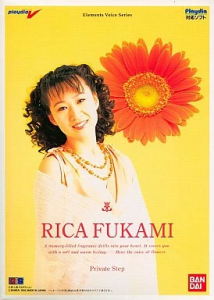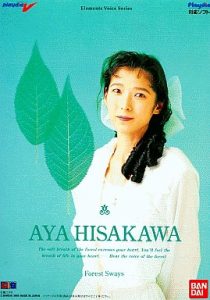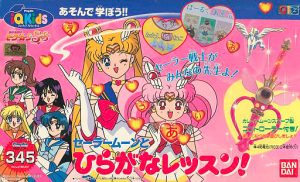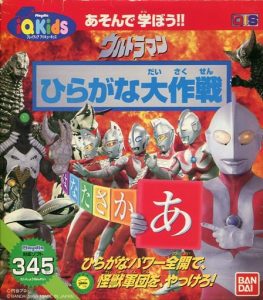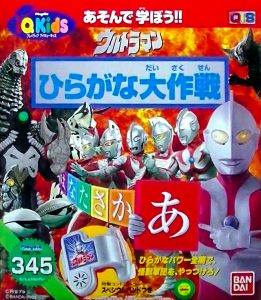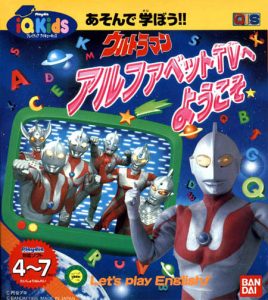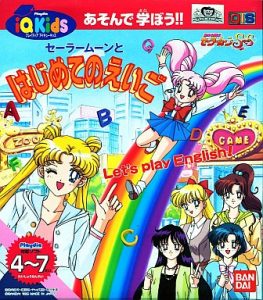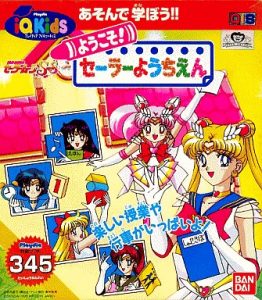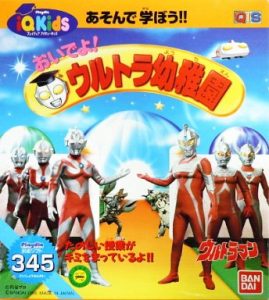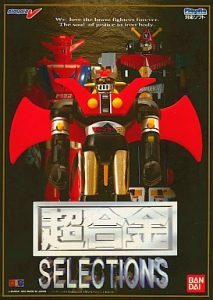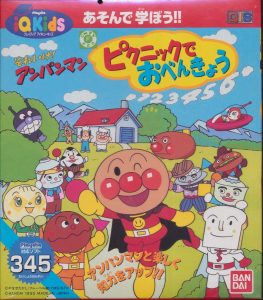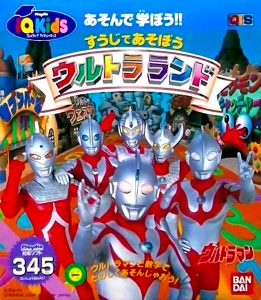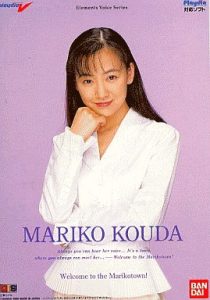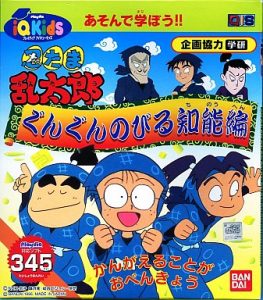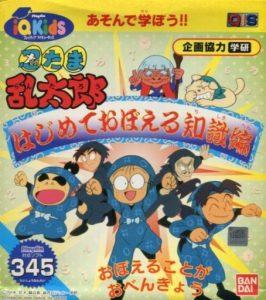|
History
Since the advent of video games, Bandai have been in the forefront of the industry in Japan. After releasing pong consoles and importing various consoles such as the Emerson Arcadia, CGE Vectrex and Mattel Intellivision n Japan, Bandai released in 1979 their own Bandai deci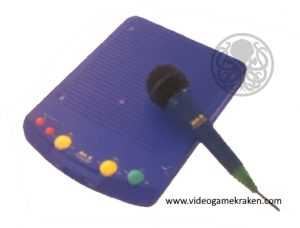 ded to get out of the video-game console market to focus on the video games and peripherals. During that period, Bandai released multiple games for the Nintendo Famicom and it’s not before 1994 that Bandai decided to go back to its root.
ded to get out of the video-game console market to focus on the video games and peripherals. During that period, Bandai released multiple games for the Nintendo Famicom and it’s not before 1994 that Bandai decided to go back to its root.
In June 1994, Bandai announced the upcoming released of the BA-X, a multimedia home entertainment system during the 94′ Tokyo Toy Show. The system was promoted to be an affordable system. A karaoke adapter was also planned to be released in fall of 1994, but the accessory was never released.
Release
On September 23, 1994 Bandai finally released the BA-X under the name Playdia. The BA-X appellation was still partially retained as part of the model name (BA-001). To promote the console, Bandai hired Yumi Adachi, a popular actress from the series Homeless Child. The console released alongside 3 games from the blockbuster series Bandai had access to : Dragon Ball Z, Sailor Moon and SD Gundam. Hello Kitty and Ultraman, two others of these blockbuster licenses were released 5 days after the launch.
Targeting an audience from ages 3 to 7, the console didn’t have the start Bandai was hoping for. After almost a year, sales were still sluggish and Bandai was losing money. A decision was made to expand the target audience and create a new line of product called PlaydiaV which stands for Playdia Virtual and Visual. The goal for these titles to make the player feel as if they were sharing a virtual space with the protagonist of the software. The “V” is often thought to be for voice, as the name of the first (and only) series released under this branding, is the “Element Voice Series”, which are visual novels played by popular Japanese’s idols of the time. The new product line which was consisting of three titles was released on June 22nd 1995. Mika Kanai, Rica Fukami and Aya Hisakawa were the first idol to be published under the new branding. Bandai decided to raise the price of all games were raised significantly. Prices of early title would oscillate between ¥3,800 and ¥4,800 while newer titles would be between ¥5,800 and ¥9,800. The PlaydiaV series were listed for ¥6,800.
To differentiate the PlaydiaV title from the original “Kid’s line”, Bandai change the branding of the Playdia to add their new IQKids tagline, pushing even more on the education titles. This seems to coincide with the change in the model name to BA-002. At this time, the difference between the two models is not documented, but this might be another cost-reduction strategy by changing internal components. The strategy was somewhat successful and Bandai managed to have the Playdia stay afloat.
Demise
In the end, the Playdia suffered the same fate as most of the other multi-segment console. The Playdia wanted to compete in many spheres (video player, video game, etc), but failed to be true competitor in any of these spheres. With the failed released of the Design Master Denshi Mangajuku and the arrival of the Casio Loopy which was about to target a sub-segment of the Playdia target audience (spoiler alert, they will also fail), Bandai had to re-evaluate their option. The Playdia did not have what was required to be in a competitive market. Being the only 8-bit console of its generation, the console was not powerful enough to create interesting games visually, relying instead a lot on full-motion video. With only one title published by a third party (Ie Naki Ko – Suzu no Sentaku), the system had to rely constantly on the Bandai IP’s which were started to be redundant (as shown with the 7 different games featuring Ultraman). In the end, Bandai decided to abandon the Playdia and to concentrate on their upcoming Bandai Pippin.
The remaining stock of Playdia consoles were sold to Banpresto in order to create kinetoscopes for arcade room. Two titles were available : Micha King Disc: Sentai Series and Micha King Disc: Sailor Moon SuperS. Both titles would feature 4 short clip each that could be viewed thought the kinetoscope glasses.
Games
33 games were released in the year and a half of the existence of the Playdia.
Promotional Titles
A series of 9 promotional titles were also created a various moment in the lifespan of the Playdia
- Playdia Quick Interactive System Sample Soft [BS-002] – 1994-09-23 – Distributed to retailers.
- Yumi to Tokoton Playdia (“Dokidoki Campaign” Present Soft) [BS-003] – 1994-09-23 – Limited to 5000 units.
- Yumi to Tokoton Playdia (“Wakuwaku Campaign” Storefront Sample Soft) [BS-004] – 1994-09-23 – Distributed to retailers.
- Go! Go! Ackman Planet [BS-005] – 1994-11 – 200 units included with V Jump magazine.
- Jump Limited Special: 4 Great Heroes Battle Collection [BS-006] – 1995 – 300 units included with Weekly Shōnen Jump.
- Bandai Item Collection 70’ [BS-007] – 1995-04 – Given to console buyers at point of purchase.
- Elements Voice Series Sample Soft [BS-?] – 1995-07-28
- Playdia iQ Kids Sample Soft [BS-009] – 1995-07-28 – Distributed to retailers.
- Kero Kero Keroppi: Uki Uki Party Land [BS-010] – 1995
Ref: https://playdia.fandom.com/wiki/List_of_Playdia_titles


